Introduction
Yellow rice wine, a staple in Chinese cuisine and culture, boasts a rich history and a distinct flavor profile that has captivated palates worldwide. Known for its mellow sweetness and subtle aroma, this fermented beverage is often enjoyed warm or cold, as an accompaniment to meals or as a standalone drink. However, when dealing with bulk quantities of yellow rice wine, ensuring its freshness and quality over an extended period can be challenging. This article delves into the intricacies of long-term preservation methods for bulk yellow rice wine, offering practical advice and insights to help maintain its authenticity and appeal.
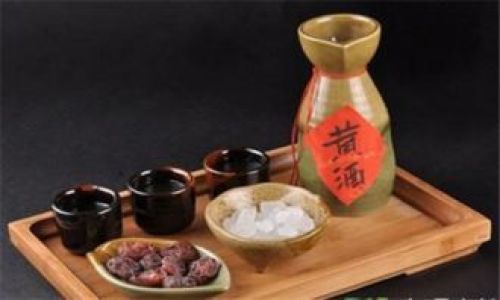
Understanding Yellow Rice Wine
Before discussing preservation techniques, it’s crucial to understand the basics of yellow rice wine. Also known as Shaoxing wine or huangjiu, yellow rice wine is traditionally made from glutinous rice, water, and yeast, with additional ingredients like wheat or barley sometimes included. The fermentation process, which can last from several days to several months, produces a low-alcohol content beverage with a golden hue, thanks to the caramelization of sugars during aging.
Yellow rice wine’s shelf life and storage requirements vary depending on its type and processing method. Commercially produced wines often have preservatives and stabilizers added to extend their shelf life, while homemade or artisanal versions may require more careful handling to retain their unique characteristics.
The Importance of Proper Storage
Proper storage is paramount to preserving the quality of bulk yellow rice wine. Improper handling can lead to oxidation, contamination, and the loss of flavor and aroma. Factors such as temperature, light exposure, humidity, and container material play critical roles in determining the wine’s longevity.
Long-Term Preservation Methods
Below are comprehensive methods for preserving bulk yellow rice wine, focusing on minimizing exposure to detrimental elements and maintaining optimal storage conditions.
Temperature Control
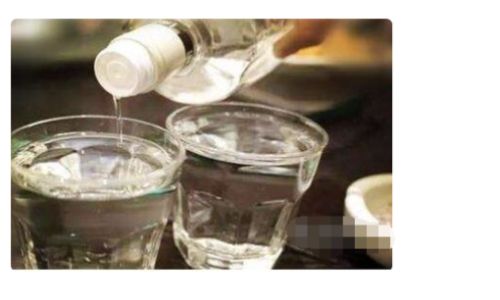
Temperature is one of the most critical factors affecting the preservation of yellow rice wine. Fluctuations in temperature can accelerate chemical reactions within the wine, leading to premature aging and the breakdown of delicate flavors. Ideally, yellow rice wine should be stored at a consistent temperature between 50°F and 65°F (10°C to 18°C). This range helps slow down the aging process and preserves the wine’s integrity.
To achieve this, consider using a dedicated wine cellar or a temperature-controlled storage unit. If such facilities are unavailable, a cool, dark corner of a basement or a closet can serve as an alternative. Avoid storing the wine in areas where temperatures fluctuate frequently, such as near heating vents, radiators, or direct sunlight.
Humidity Management
Humidity is another important consideration for long-term storage. High humidity can cause corks to swell and become difficult to remove, while low humidity can dry out the cork, allowing oxygen to seep in and spoil the wine. The ideal humidity level for storing yellow rice wine is between 60% and 70%.
To maintain this humidity range, you can use a humidifier or dehumidifier, depending on the ambient conditions. Alternatively, placing a bowl of water in the storage area can help regulate humidity naturally. Just ensure the bowl is covered to prevent evaporation and mold growth.
Light Exposure
Light, especially ultraviolet (UV) rays, can degrade the chemical components of yellow rice wine, leading to discoloration, flavor loss, and an unpleasant taste. Therefore, it’s essential to store the wine in a dark environment.
Opaque containers, such as ceramic jars or stainless steel tanks, are ideal for bulk storage as they block out all light. If using glass bottles, store them in a dark room or cover them with dark cloths or boxes to prevent light exposure.

Container Selection
The material and design of the storage container can significantly impact the preservation of yellow rice wine. Here are some key considerations:
-
Glass Bottles: While glass is non-reactive and allows for easy monitoring of the wine’s color, it can transmit light and UV rays. Dark-colored glass bottles offer better protection than clear ones.
-
Ceramic Jars: Ceramic containers are excellent for long-term storage due to their non-reactive nature and ability to block light. They also help maintain a consistent temperature and humidity.
-
Stainless Steel Tanks: Suitable for large-scale storage, stainless steel tanks are durable, easy to clean, and non-reactive. They provide excellent protection against light and oxygen ingress when properly sealed.
-
Avoid Plastic: Plastic containers can leach chemicals into the wine over time, especially if exposed to sunlight or high temperatures. Therefore, they are not recommended for long-term storage of yellow rice wine.
Sealing and Oxygen Management
Oxygen is the enemy of aged wines, as it can cause oxidation, leading to the breakdown of flavors and aromas. Proper sealing of the storage container is crucial to minimize oxygen exposure.

For glass bottles, use tight-fitting corks or screw caps to seal the opening. For ceramic jars and stainless steel tanks, ensure they have airtight lids or valves. Additionally, consider using inert gases like nitrogen or argon to displace oxygen in the headspace of the container. This can be achieved with a wine preservation system designed for bulk storage.
Positioning and Handling
The way you position and handle bulk yellow rice wine can also affect its preservation. Here are some best practices:
-
Store Bottles on Their Side: Lay glass bottles on their side to keep the cork moist and prevent it from drying out. This is particularly important for wines with cork closures.
-
Minimize Vibrations: Vibrations from nearby appliances or foot traffic can disturb the sediment in the wine and accelerate chemical reactions. Store bulk containers in a stable, vibration-free environment.
-
Avoid Frequent Handling: Once sealed, avoid opening the container unless absolutely necessary. Each time the seal is broken, oxygen can seep in, potentially damaging the wine.
Monitoring and Maintenance
Regular monitoring and maintenance are essential for successful long-term preservation. Keep an eye on the following:
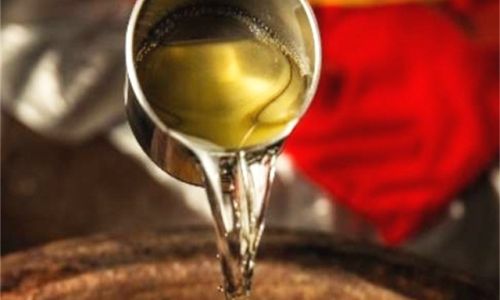
-
Temperature and Humidity Levels: Use a hygrometer and thermometer to monitor conditions in the storage area. Adjust as necessary to maintain optimal levels.
-
Container Integrity: Periodically check for leaks or cracks in the storage containers. Replace any damaged containers immediately.
-
Wine Condition: Inspect the wine periodically for signs of spoilage, such as discoloration, off odors, or sediment accumulation. If any issues are detected, address them promptly.
Conclusion
Preserving bulk yellow rice wine for extended periods requires a combination of careful handling, appropriate storage conditions, and regular monitoring. By controlling temperature, humidity, light exposure, and oxygen ingress, and selecting the right storage container, you can ensure that your yellow rice wine retains its authentic flavor, aroma, and color for years to come.
Remember, the key to successful long-term preservation lies in consistency and vigilance. Small deviations in storage conditions can have significant impacts over time. By adhering to these guidelines, you can enjoy your yellow rice wine at its best, whether you’re serving it to guests or indulging in a quiet moment by yourself.
As the world continues to appreciate the nuances of Chinese cuisine and its accompanying beverages, the preservation of traditional yellow rice wine becomes not just a matter of taste but also a testament to cultural heritage. By taking the necessary steps to store it properly, we honor the centuries-old tradition of crafting this beloved beverage and ensure its legacy continues for future generations to enjoy.
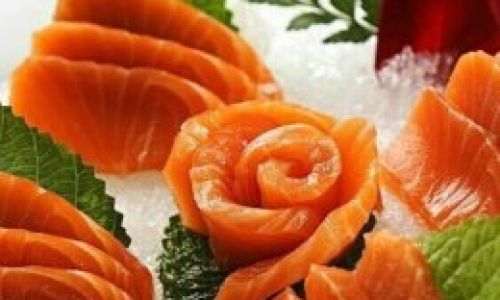
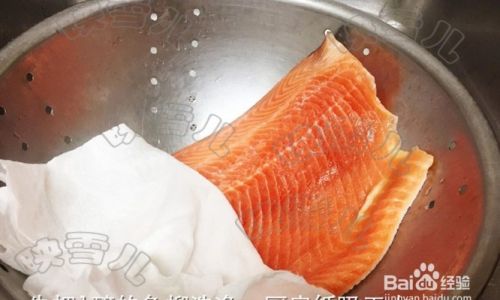
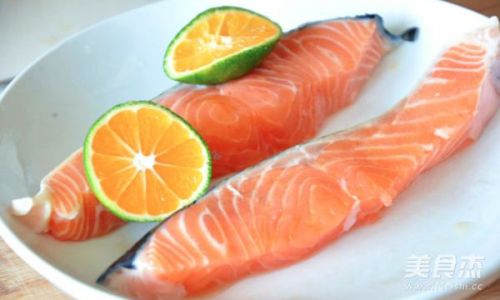
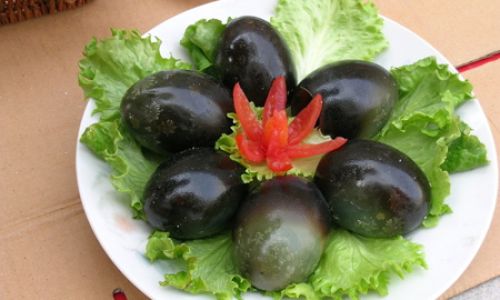
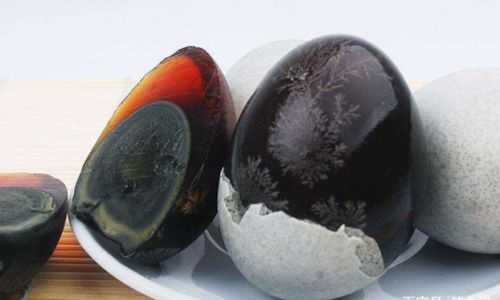
0 comments